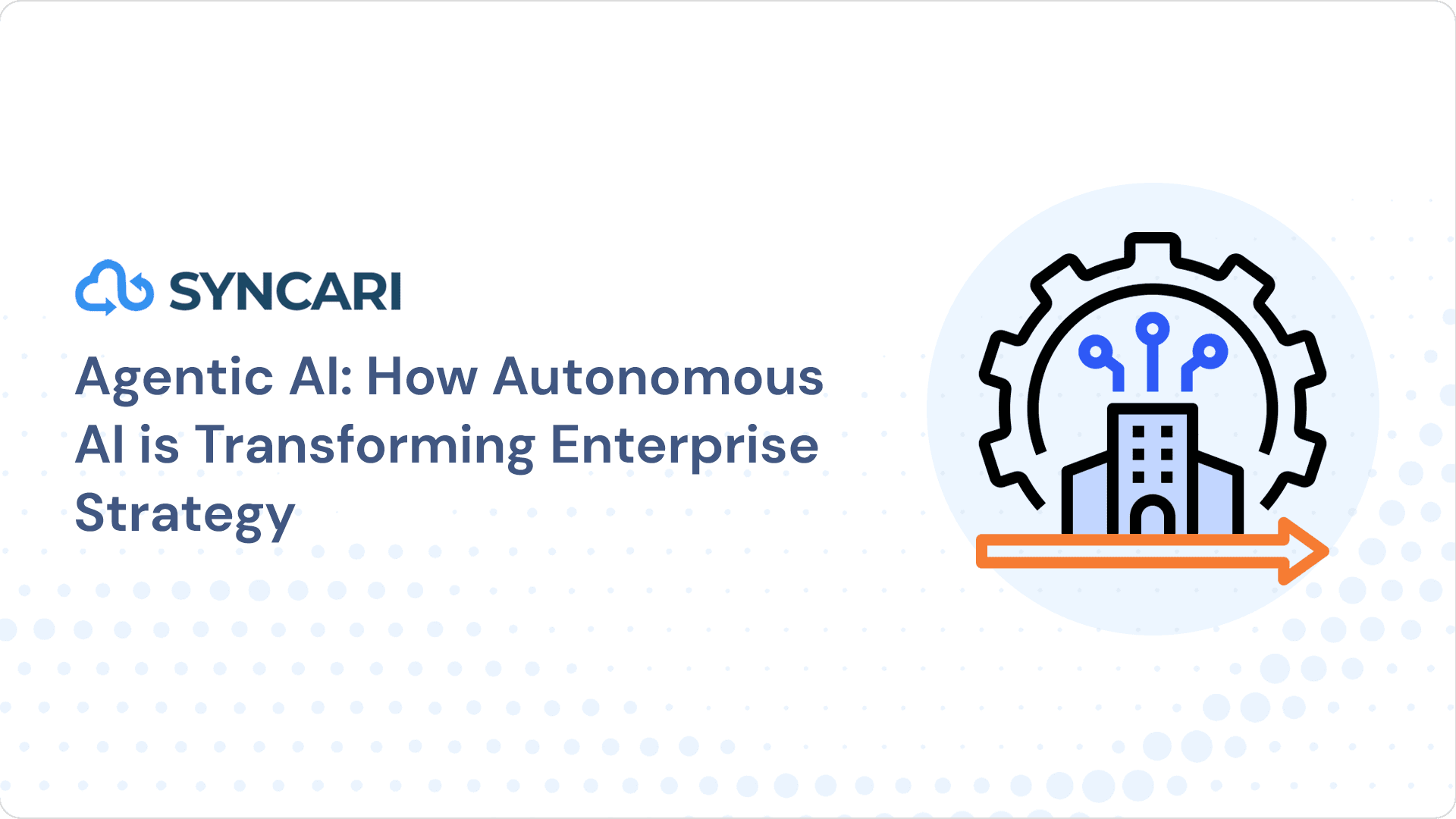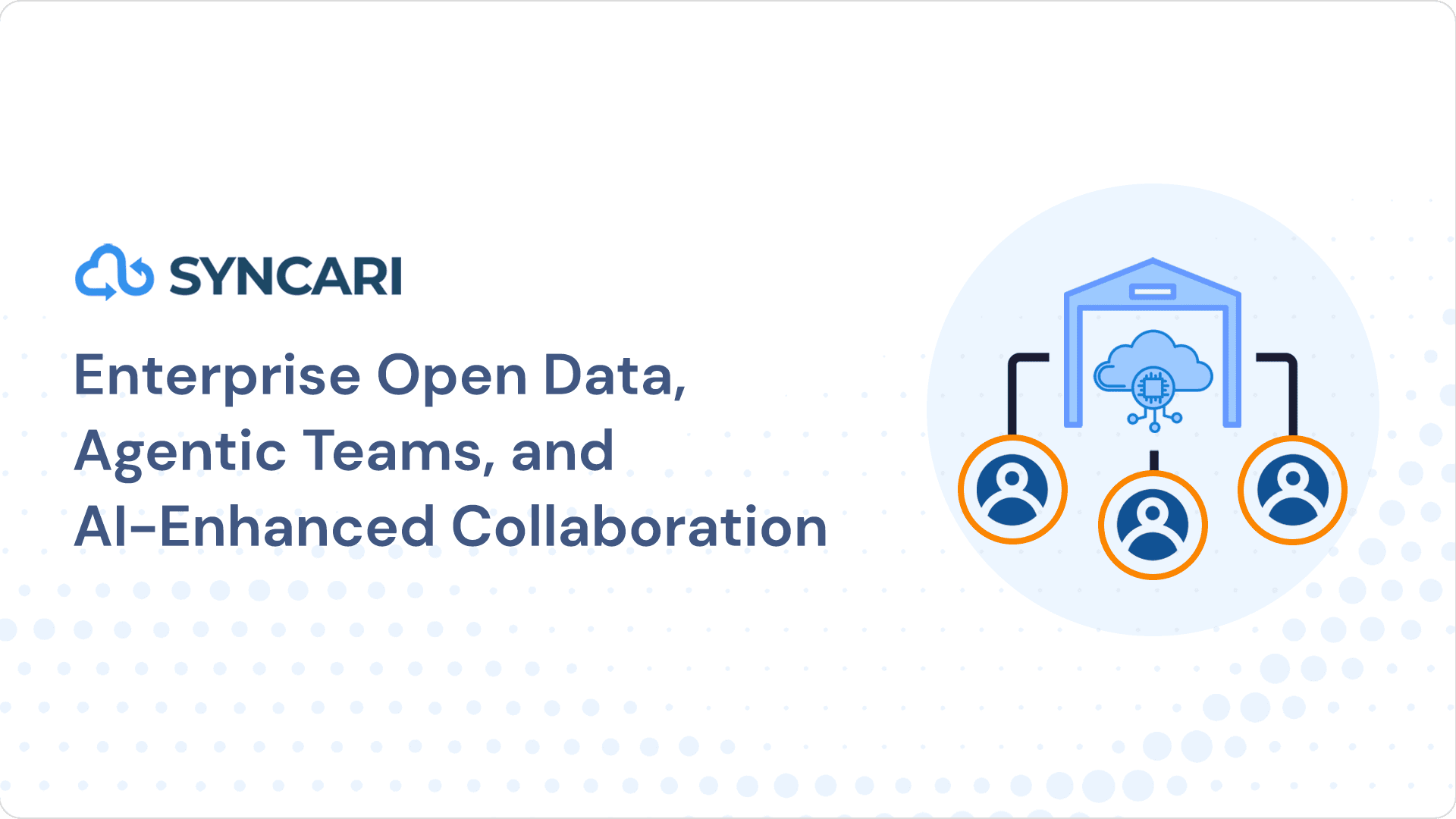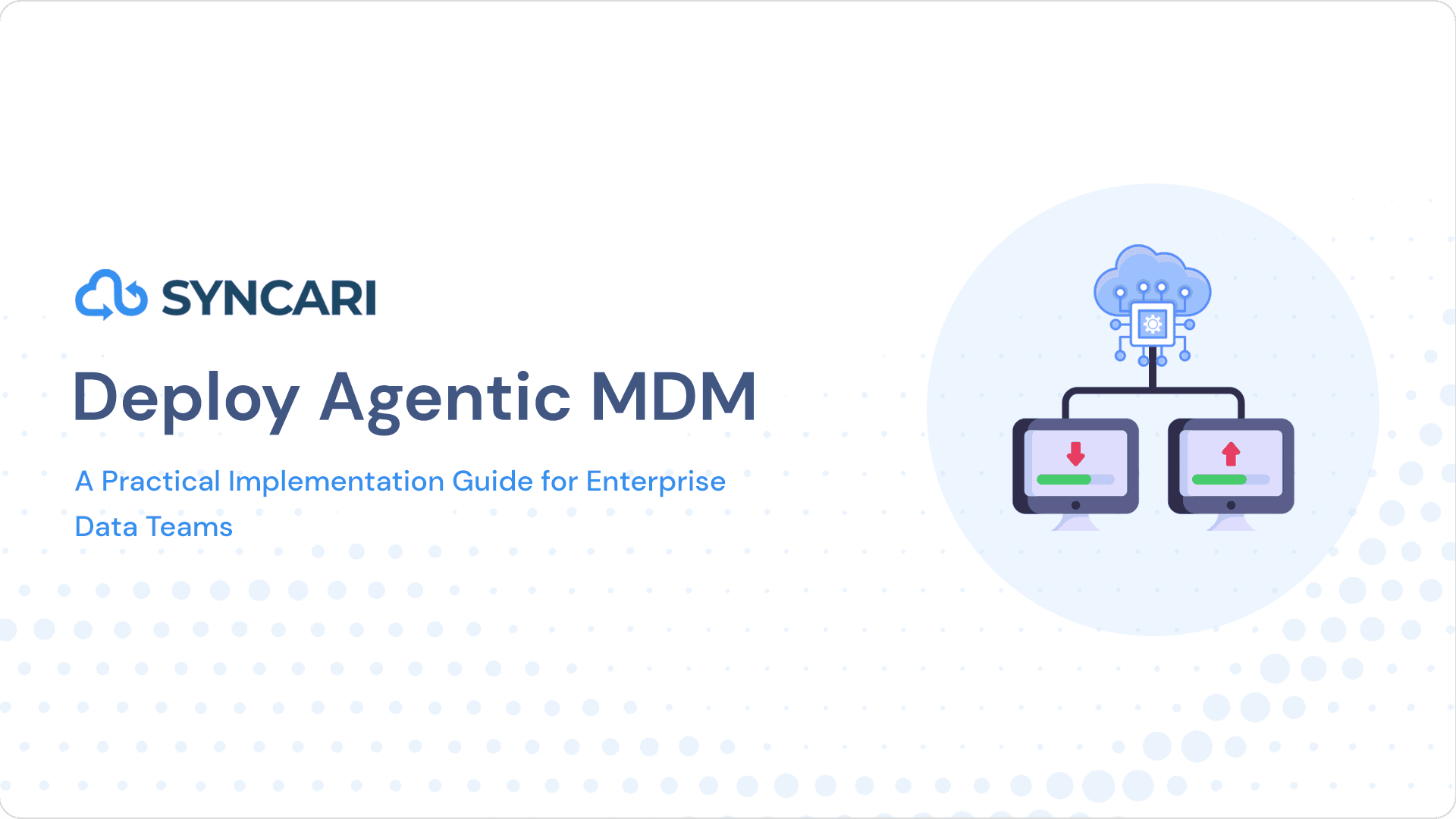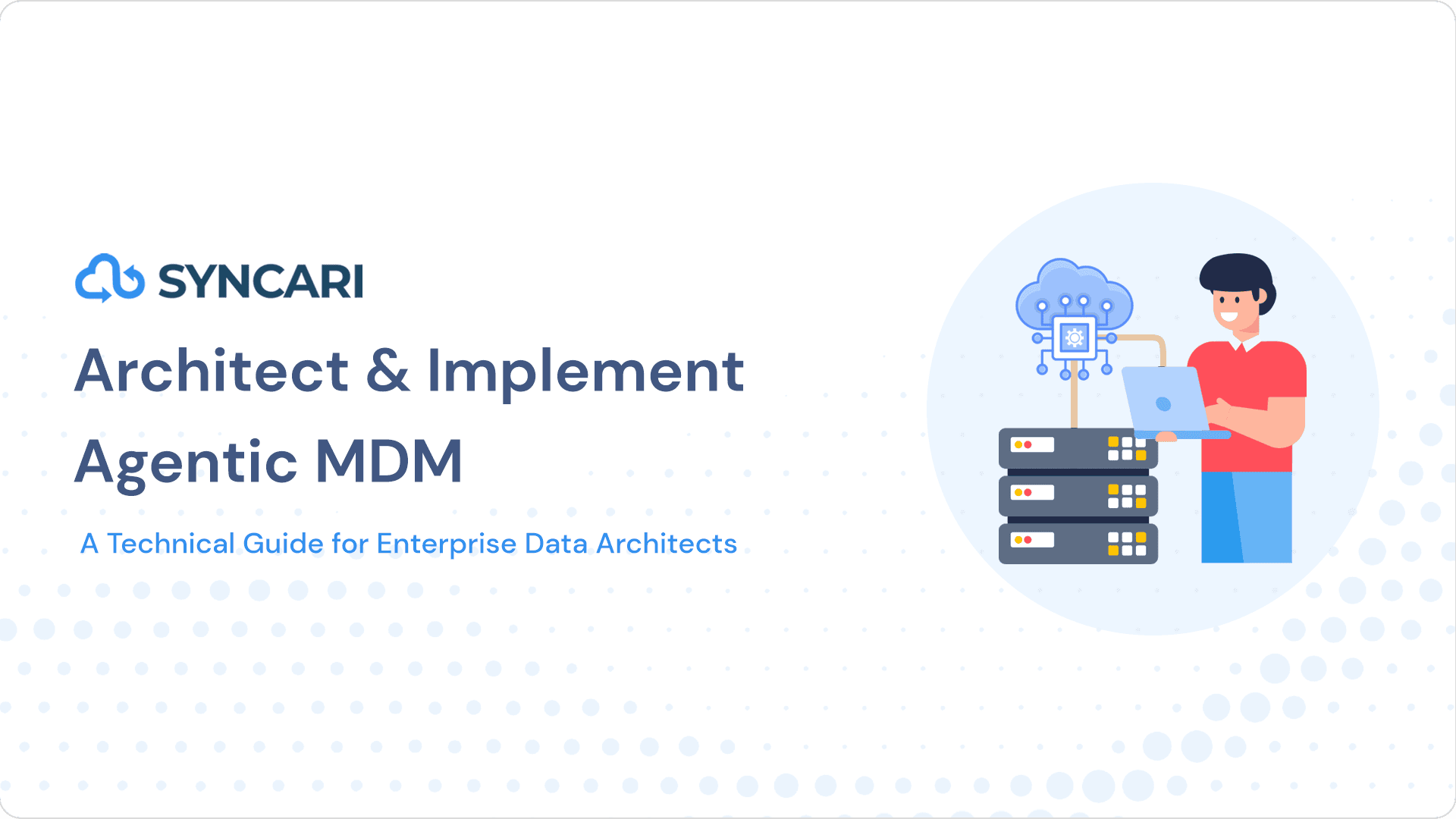As one might expect, 87 percent of companies have a CRM. But this figure masks a strange truth that’s not often discussed: 20 percent of them have more than one, according to Syncari data and sales operations leaders we’ve spoken to. This is a problem: managing multiple CRMs is a nightmare.
Why would you want more than one CRM? Same reason you’d want more than one marketing automation platform, more than one support platform, or more than one BI tool—you don’t, you wish you didn’t, and you’re hoping to be rid of it. Most redundant systems are the result of acquisitions, miscommunication, and the left hand disobeying the right. Today, we’re going to explore the strange world of system redundancy and the havoc it can wreak on your data.
Juggling multiple CRMs
The odds of Sales Operations having to manage more than one CRM rises with the size of your company. In the Fortune 500, it’s sometimes necessary for business units to wall off information by organization, geography, or hierarchy, and to operate independently. But when the second system is unintentional, having mismatched CRMs is a burden that increases exponentially with time because it’s nearly impossible to manage data quality and governance between them.
Acquisition is the most common way a company picks up an extra CRM. A big company gobbles up a little company which contains an inedible pit — another Salesforce, a Pipedrive, a Base, or an outdated version of the parent company’s CRM. The smaller company has constructed its entire data ecosystem around this core, as it should, but that means it has tens of vital API connections and dozens of non-vital ones that are a collective mess to untangle. It’s also full of proprietary data that may be difficult sales operations to migrate, such as activity histories and custom objects.
This is a particular pain if the parent company hopes to standardize reporting or if the sales operations and marketing operations teams plan to co-sell. You run into the issue where you can’t prevent redundant outreach from both teams. For instance, AT&T’s business arm is notorious for having many layers of salespeople who aren’t aware of each other and send redundant offers for wireless, wireline, fiber, and application products. Most marketing automation platforms can’t account for multiple CRMs, and so lots of this reputation-spoiling outreach continues in automated fashion.
Many of these companies would migrate CRMs but for the cost, which starts in the hundreds of thousands of dollars and quickly spikes to the millions when they reach triple-digit users. Plus, migrations can take years to complete and lots of them fail.
Juggling multiple marketing platforms
Sometimes sales operations manages one CRM, but multiple marketing communication tools or clouds used by different departments. For instance, when the product team purchases an in-app messaging service that also sends emails, while the demand gen team purchases a marketing automation system that also sends in-app messages. The systems overlap, but don’t talk. There’s no way to enforce send limits across systems without serious customization, and this happens more often than you’d think. I’d include sales automation platforms in this bucket. By some measures, BDR teams send as many emails as marketers and very often, select their own platform without consulting anyone.
You can migrate your marketing platforms, but you will lose proprietary data like lead scores, activities, and clickstreams that in some cases, are the result of years of effort, accumulation, and management. Starting over is extremely expensive.
Juggling one partitioned CRM
Even companies and sales operations teams that standardize on one CRM vendor aren’t safe. The top five CRM vendors, who together command 42 percent of the market, all offer dividers, sometimes called organizations, that give different business units mutually distinct instances that don’t share data. One such company can all be all-in on Salesforce, having purchased it as one package, and yet have five distinct data ecosystems. Some of these vendors offer tools to connect those organizations, but CRM managers I talked to were emphatic that this is always more difficult than advertised:
“Every time I’ve worked at a company with more than one Salesforce org, they eventually want to bring their data together in billing and finance, which is incredibly painful and expensive,” said one. “The problems happen when you have data from one organization that’s needed in another, or business processes start to overlap. You need truly isolated boxes for partitions to work well and even then, it’s an issue when companies grow. It’s even worse if departments merge or split.”
For a team to build the data pipelines to pass and manage data across multiple instances, it can be as expensive as migrating to a new CRM.
None of the above matters if you have Customer Data Automation
So where is all of this going? None of the above issues are an issue if you have a customer data automation platform like Syncari.
Rather than endure the cost and expense of building data pipelines between your business units, or the insufferable complexity of moving all that data to one central location as with CDP or MDM, a Syncari manages data where it lives. Syncari is a smart layer on top of all your applications that automatically maps objects and fields to each other, decides which systems have read-write access where, and ensures data is accurate and available where it needs to be. A company that needs to maintain some separation has full flexibility: You can set sync filters to manage multi-org and rollup instances.
Customer Data Automation means that when you’re hit by the harsh reality of owning redundant software that you can’t migrate, you can connect it just the same.
About the author: Nick is a CEO, founder, and author with over 25 years of experience in tech who writes about data ecosystems, SaaS, and product development. He spent nearly seven years as EVP of Product at Marketo and is now CEO and Founder of Syncari.



